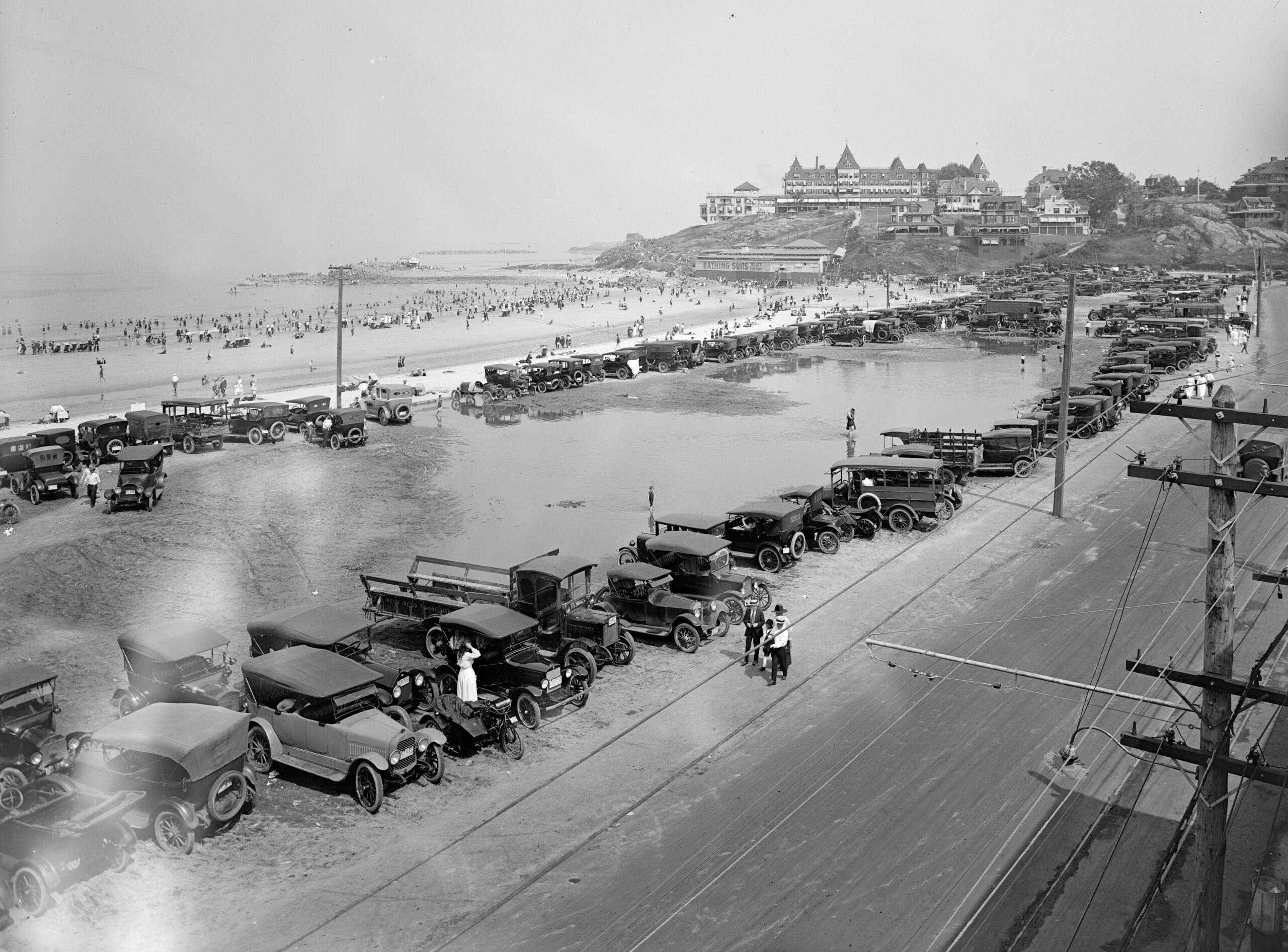The 1920s, also known as “The Roaring Twenties,” was a decade marked by significant economic growth and social change. However, the decade got off to a rocky economic start. The cost of living in 1920 was high due to the inflation America experienced during the war. The rising cost of necessities like food, fuel, and housing likely put financial pressure on American families.
To make matters worse, a recession ensued as troops returned from World War I. Their arrival created excess labor supply, which contributed to the “Forgotten Depression” of 1920-1921. At the same time, the Federal Reserve tightened monetary policy to reign in inflation, kicking off the downturn. Luckily this was just a bump in the road and economic conditions improved for Americans during the rest of the decade. Wages rose and manufacturing advanced, which helped consumers access new luxuries like appliances and cars.
To help you understand this interesting time in American history, let’s take a closer look at the cost of living in 1920.
The Cost of Living in 1920
At first glance, the cost of living in 1920 may seem lower than today. After all, gas only cost $0.30 a gallon, a new car cost $525, and a new house would set you back roughly $6,300. However, the average household income was only $3,269 according to Country Living. Keep in mind that families had much less income to work with as you check out these prices from 1920.
Cost of Groceries in 1920
As mentioned above, the cost of living in 1920 was affected by inflation. Food was one of the categories that was hit the hardest, more than doubling from 1913 to 1920. Although 1920s grocery prices may seem cheap to us today, keep in mind that the cost of food likely strained the average household’s budget back then. However, the “Forgotten Depression” did start to correct inflation and reduce prices.
Item | 1920s | Today |
| Cookies/Wafers | $0.36/lb | $5/lb |
| Cabbage | $0.02/lb | $0.90/lb |
| Bread | $0.10/lb | $2/lb |
| Butter | $0.70/lb | $4.65/lb |
| Coffee | $0.52/lb | $6.09/lb |
| Trout | $0.22/lb | $7.36/lb |
| Lemons | $0.15 for 6 | $2/lb |
| Gallon of Milk | $0.66 | $3.95 |
| Oranges | $0.63/dozen | $1.44/lb |
| Potatoes | $0.63/10lb | $8.80/10lb |
| Macaroni | $0.08/lb | $1.42/lb |
| Peaches | $0.17/lb | $1.70/lb |
| Chicken | $0.39/lb | $4.08/lb |
| Rib Roast | $0.39/lb | $3/lb |
Cost of Major Purchases in 1920
Now that you know what the cost of living in 1920 was for food, let’s explore the price of major purchases like homes and cars. At the start of WWI, cars became less expensive and more accessible to the average American. Car use exploded in the 1920s—the number of registered drivers roughly tripled from 8 million in 1920 to 23 million by the decade’s end.
However, the cost of necessities like housing and utilities were affected by inflation, which probably put some financial pressure on families. For more context, take a look at the average price of major expenses below (data from Country Living).
Item | 1920 |
Rent in NYC | $60 per month |
| Chevrolet Car | $525 |
| House | $6,296 |
Gas | $0.30/gallon |
| Wedding | $400 |
Cost of Having Fun in 1920
Problems like inflation and rising income inequality likely put financial pressure on the average American family in 1920. However, expanding access to credit gave households the ability to pay for major purchases like cars and new appliances in installments, which made them more accessible.
Access to electricity also spread during the 1920s, which gave rise to inventions like the electric vacuum and washing machine. Radios were also starting to hit the consumer market during this time, but were still a luxury good due to the high price tag of over $200.
For entertainment, the average family likely enjoyed low-cost outdoor activities, listening to records, and the occasional trip to the movie theater or diner.
Item | 1920s |
| New Radio | Over $200 |
| Movie Ticket | $0.15 |
| Vinyl Record | $0.85-$1.25 |
| Electric Vacuum | $39 |
| Diner Meal | $0.70 |
What do you think about the cost of living in 1920? How does it compare to today? Share your thoughts in the comments.
Read More
What Was The Cost of Living in 1917?
What Was The Cost of Living in 1956?
Vicky Monroe is a freelance personal finance and lifestyle writer. When she’s not busy writing about her favorite money saving hacks or tinkering with her budget spreadsheets, she likes to travel, garden, and cook healthy vegetarian meals.




